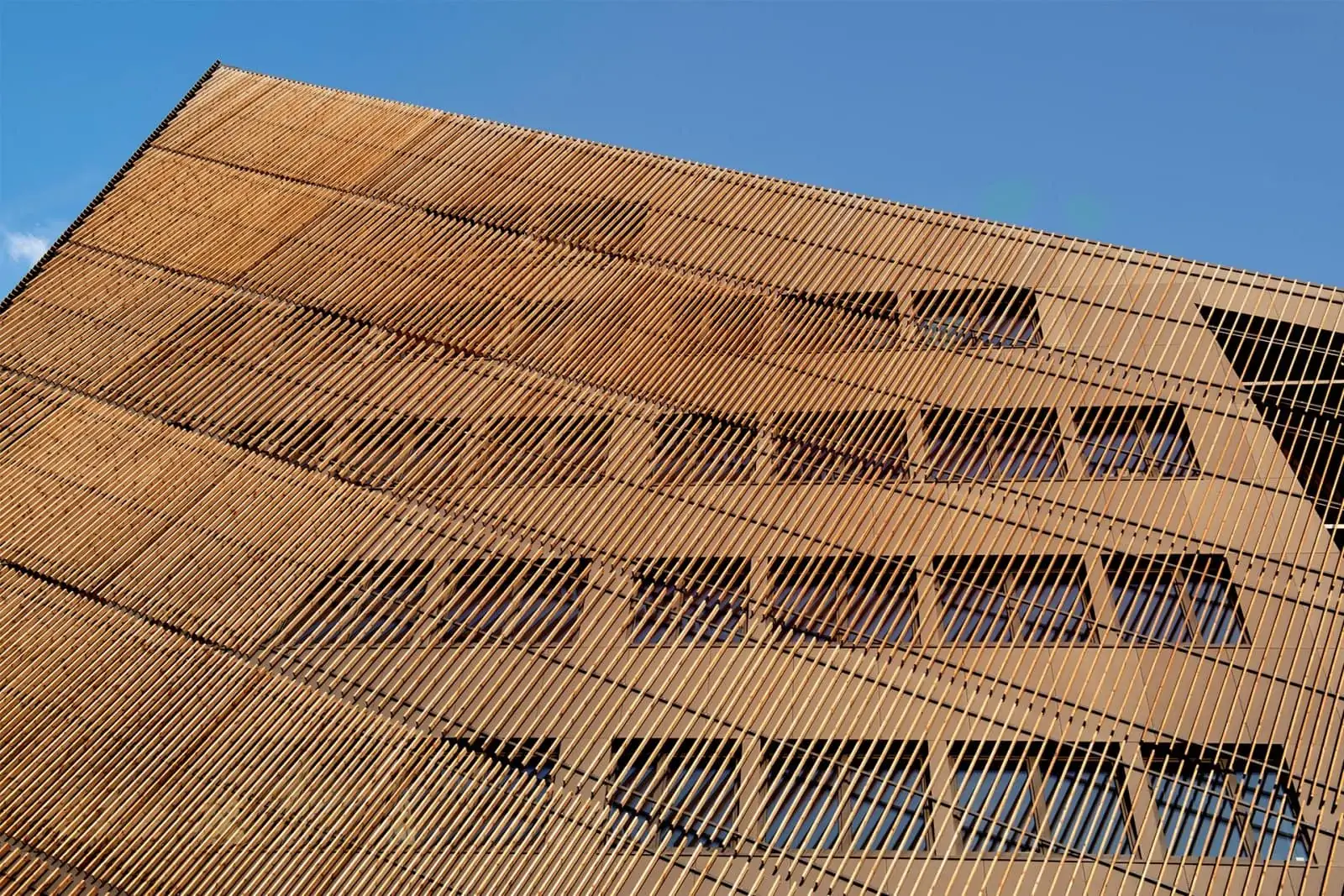Skyscrapers are architectural marvels that define modern cityscapes. Constructing these towering structures requires careful consideration of various factors, with the choice of materials being of utmost importance. In this blog post, we will delve into the world of skyscraper construction and explore the best material that meets the demands of strength, durability, sustainability, and cost-effectiveness.
- The Evolution of Skyscraper Materials:
From the early days of steel-framed structures to the advent of reinforced concrete, skyscraper materials have undergone a remarkable evolution. Today, a wide range of materials, including steel, concrete, composite systems, and even timber, are being considered for constructing these towering giants. - Steel: The Time-Tested Champion:
Steel has long been the go-to material for skyscrapers due to its exceptional strength-to-weight ratio, flexibility, and fire resistance. Its high tensile strength allows for taller and slimmer designs, maximizing usable space. However, steel production has significant environmental impacts, and its cost can be prohibitive for certain projects. - Reinforced Concrete: A Versatile Contender:
Reinforced concrete combines the compressive strength of concrete with the tensile strength of steel reinforcement. This material offers excellent durability, fire resistance, and versatility in shaping complex architectural designs. Moreover, concrete production has a lower carbon footprint compared to steel. However, its weight limits the height of structures and requires extensive foundation systems. - Composite Systems: Pushing the Boundaries:
Composite systems, such as steel-reinforced concrete and steel-braced frames, aim to capitalize on the strengths of both steel and concrete. These innovative combinations provide enhanced structural performance, increased design flexibility, and reduced material usage. Composite systems are particularly suitable for supertall skyscrapers, where optimizing both strength and weight is crucial. - Timber: A Sustainable Alternative:
In recent years, timber has emerged as a sustainable and aesthetically pleasing option for skyscraper construction. Engineered timber products, such as cross-laminated timber (CLT), offer impressive strength, fire resistance, and environmental benefits. Timber skyscrapers can sequester carbon dioxide, reduce construction time, and create a warm and inviting atmosphere. However, challenges related to fire safety, moisture, and long-term durability need to be addressed.
Conclusion:
Choosing the best material for skyscraper construction involves a careful evaluation of various factors, including structural performance, sustainability, cost, and aesthetics. While steel and reinforced concrete remain dominant, composite systems and timber are gaining traction as viable alternatives. As technology advances and new materials emerge, the future of skyscraper construction holds exciting possibilities. By striking a balance between strength, durability, sustainability, and cost-effectiveness, architects and engineers can continue to push the boundaries of vertical urban development.

